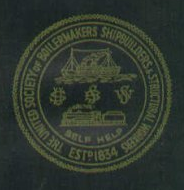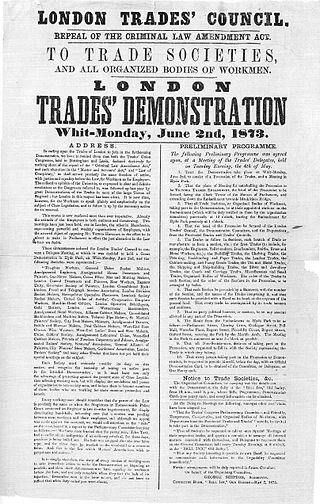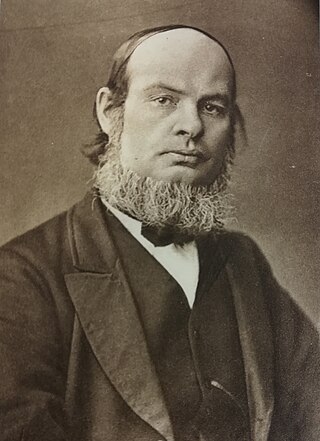Related Research Articles

The Ceramic and Allied Trades Union (CATU) was a trade union representing pottery workers in the United Kingdom.

The Modern Records Centre (MRC) is the specialist archive service of the University of Warwick in Coventry, England, located adjacent to the Central Campus Library. It was established in October 1973 and holds the world's largest archive collection on British industrial relations, as well as archives relating to many other aspects of British social, political and economic history.
New Model Trade Unions (NMTU) were a variety of Trade Unions prominent in the 1850s and 1860s in the UK. The term was coined by Sidney and Beatrice Webb in their History of Trade Unionism (1894), although later historians have questioned how far New Model Trade Unions represented a 'new wave' of unionism, as portrayed by Webbs.

The Operative Bricklayers' Society (OBS) was a British New Model Trade Union based in London.
The National Association of Operative Plasterers (NAOP) was a trade union representing plasterers in the United Kingdom.

The Sheffield Trades and Labour Council, usually known as the Sheffield Trades Council, is a labour organisation uniting trade unionists in Sheffield.
The National Building Trades Council (NBTC) was an American federation of labor unions in the construction industry. It was active from 1897 to 1903.
The Structural Building Trades Alliance (SBTA) was an American federation of labor unions in the construction industry. It was founded in 1903 and existed until 1908, when it affiliated with the American Federation of Labor (AFL) and became the Building Trades Department.

The Amalgamated Society of Boilermakers, Shipwrights, Blacksmiths and Structural Workers (ASB) was a trade union in the United Kingdom. Many of its members worked in shipbuilding, in which industry it was the leading trade union, while over time it also developed strength in engineering and construction.

The London Trades Council was an early labour organisation, uniting London's trade unionists. Its modern successor organisation is the Greater London Association of Trades (Union) Councils
The Federated Moulders' (Metals) Union of Australia (FMMUA) was an Australian trade union which existed between 1899 and 1983. It represented moulders – skilled tradesmen who fabricated the moulds for casting metal products in foundries. In spite of only organising within a single skilled occupation, which kept total membership low, the vital position of moulders in major industries such as mining, manufacturing and the railways, ensured that the union remained industrially powerful with a reputation for being highly militant.

Edwin Coulson was a British trade unionist.

The London builders' strike of 1859 was a strike and resulting lock out of building trade workers across London. The action did not result in any changes to working conditions, but it led to the formation of new, national trade unions in the United Kingdom.
The Building and Allied Trades' Union (BATU) is a trade union representing workers in the construction industry and furniture trade in Ireland.
The North East Lancashire Amalgamated Weavers' Association was a trade union federation of local weavers' unions in part of Lancashire in England, in the 19th century.
The Manchester Unity of Bricklayers, also known as the Manchester Unity of Operative Bricklayers Society (MUOBS) and the United Operative Bricklayers' Trade Protection Society, was a trade union representing bricklayers in the United Kingdom.
The Operative Builders' Union was an early trade union federation representing construction and maintenance workers in the United Kingdom.
The United Operative Masons' Association of Scotland was a trade union representing stonemasons in Scotland. Active for nearly ninety years, its membership and importance varied greatly over time; at its peak, it represented the large majority of stonemasons in the country.
The Notts Trades Council, formally known as the Nottinghamshire Nottingham and Mansfield Trades Council, brings together trade unionists in Nottinghamshire, in England.
The 1916 Hamilton machinists' strike was a labour dispute in Hamilton, Ontario, Canada involving between 1,500 and 2,000 workers employed in the manufacturing of munitions and other materials for World War I. It began on June 12 and involved those employed at all of the major manufacturers, including the National Steel Car Company, the Steel Company of Canada, Dominion Steel Foundry, Canadian Westinghouse Electric & Manufacturing Company, Fensom Elevators. Involving members of the International Association of Machinists, Amalgamated Society of Engineers, and unorganized workers, it ended in defeat for Hamilton's machinists.